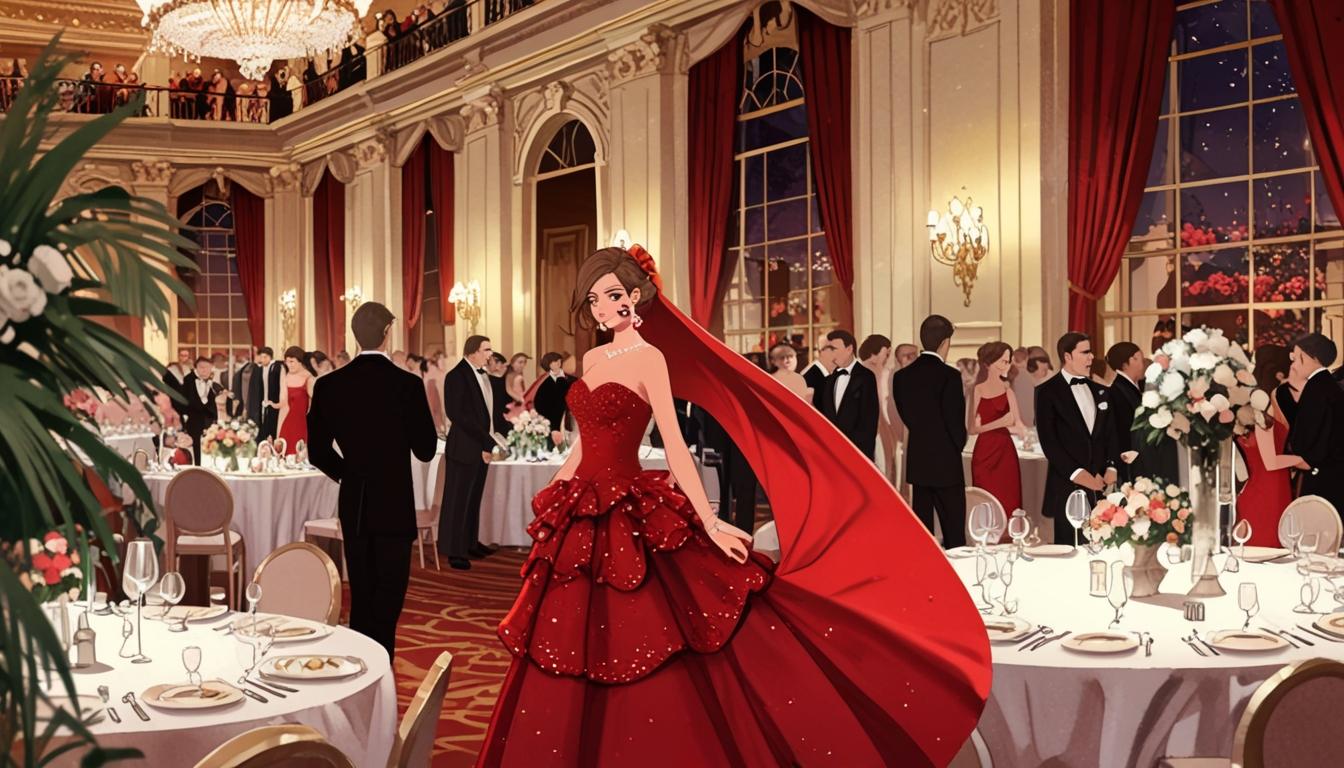To optimize your vintage clothing listings on eBay, you'll need to master both the platform's search algorithm and strategic keyword placement. Start by crafting titles that pack essential details into the first 52 characters, incorporating high-volume search terms like "vintage 80s clothing" alongside specific brand names and era markers. Focus on detailed item specifics, including fabric types, measurements, and construction techniques, while capturing eye-catching photos with natural lighting and multiple angles. Strong seller metrics and responsive communication boost your visibility, while tools like Terapeak help you identify trending items and refine your keyword strategy. The secrets to vintage selling success await in the details.
Ebay Search Algorithm Fundamentals
Understanding eBay's search algorithm is essential for anyone selling vintage clothing on the platform. You'll need to master four key components that determine how your items appear in search results, and trust me, it's like learning a new language that'll become second nature once you get the hang of it.
First, you'll want to focus on keyword relevance – it's the foundation of your listing's visibility. When you're describing that gorgeous 1950s swing dress, you'll need to thoughtfully incorporate search terms buyers actually use, without stuffing your listing with unnecessary repetition. The platform's Best Match mechanism ensures your items reach the most relevant potential buyers. Additionally, being aware of eBay's fee structures can help in setting prices that attract buyers while still ensuring you're making a profit. Understanding Depop fees can also provide insights into optimizing your pricing strategy. Researching market trends can also guide you in selecting vintage items that are currently in high demand.
Next, you'll find that item specifics are your best friend. Think of them as your listing's DNA – from brand names to measurements, each detail helps eBay connect your vintage pieces with the right buyers.
The platform's algorithm also weighs your performance as a seller, so maintaining high feedback scores and prompt communication isn't just good business – it's vital for visibility.
Finally, your listing quality matters tremendously. Those crystal-clear photos of your vintage finds, competitive pricing, and transparent shipping policies work together to help your items climb higher in search results.
Mastering Vintage Clothing Keywords
When it comes to vintage clothing sales, your keyword strategy can make or break your eBay success.
You'll want to start by diving into high-volume searches that pack a punch, like "vintage 80s clothing" and "vintage plus size clothing," which each draw an impressive 22,800 yearly searches. Marketplace Fee transparency is key to understanding the costs involved in your sales strategy.
Don't forget to sprinkle in those valuable long-tail keywords – they're your secret weapon for capturing niche buyers who know exactly what they're seeking. Staying current with algorithm updates is crucial as search engines frequently change how they rank listings.
Think of your keywords like ingredients in a well-crafted recipe. You'll need a mix of decade-specific terms (those 70s and 80s searches are gold), brand-specific keywords (hello, vintage Levi's!), and clever synonyms that'll catch different types of shoppers.
When you're crafting your listings, you'll want to strategically place these keywords where they'll have the most impact – especially in those essential first 52 characters of your title.
Keep an eye on what your competitors are doing, but don't just copy them blindly. Instead, use tools like Terapeak and eBay's search bar to uncover trending terms and build your own unique, data-driven keyword strategy that'll help your listings shine in the crowded vintage marketplace.
Creating Powerful Listing Titles
The art of crafting powerful eBay listing titles demands a strategic balance of keywords and clarity. When you're selling vintage clothing, you'll want to structure your titles thoughtfully, leading with the most vital information while incorporating relevant keywords that'll help buyers find your items. Remember, you've got just 80 characters to work with, so every word must earn its place. Using tools like ZIK Analytics can help you identify the most effective keywords for your vintage listings.
To master your listing titles, you'll need to become familiar with eBay's search patterns and buyer behavior. Start by researching popular keywords using eBay's search bar and Terapeak tool, then weave these naturally into your titles without stuffing them unnecessarily. Consider the importance of pricing overview when determining how to position your items. As you assess prices, be aware that sale trends often lead to significant reductions that can attract price-conscious buyers.
- Begin with era-specific terms like "1950s" or "Mid-Century"
- Include the brand name and any designer signatures
- Specify the garment type and notable features
- Add size information when possible
- Mention the condition, especially if it's "New with Tags" or "Deadstock"
Remember to avoid common pitfalls like special characters or misleading descriptions that could hurt your visibility. Instead, focus on creating clear, informative titles that accurately represent your vintage pieces while incorporating specific measurements and material details that vintage clothing enthusiasts are searching for.
Essential Item Specific Details
Successful vintage clothing listings hinge on your ability to provide detailed, accurate item specifics that buyers can trust. When you're describing fabric and construction, you'll want to specify whether you're dealing with delicate silk, sturdy cotton, or perhaps that distinctive polyester from the 1970s.
Don't forget to mention those telltale construction techniques, like the French seams that often signal quality craftsmanship. Your attention to labels and tags can make or break a sale, as savvy collectors know exactly what to look for in different eras.
You'll want to document every detail, from the font style on the brand label to the material of the tag itself. When it comes to hardware, you're fundamentally telling the piece's story through its zippers, buttons, and clasps – original YKK zippers can be just as important as those gorgeous brass buttons from the 1940s.
Remember to include precise measurements, as vintage sizing can be notoriously tricky. If you're listing a 1950s dress with a 26-inch waist, you'll want to note that it's equivalent to a modern size 2-4, helping your buyers make informed decisions.
Building Visual Appeal
Visual mastery sets top-performing vintage listings apart from the crowd. When you're showcasing your treasured pieces, natural lighting becomes your best friend, capturing the true essence of colors and textures that'll make potential buyers feel like they're examining the garment in person.
You'll want to create a story through your imagery, letting each photo reveal another chapter of your item's unique character.
Here's what you'll need to focus on for standout visual presentation:
- Set up a clean, neutral backdrop that lets your vintage piece take center stage.
- Capture multiple angles, including those often-missed details like care labels and original tags.
- Create short, engaging videos showing how the fabric moves and drapes.
- Take close-up shots of any special features, from intricate stitching to designer signatures.
- Ascertain your photos are mobile-friendly, as most buyers shop on their phones.
- Consider using a service that allows you to remove your image background for free, ensuring the focus remains solely on the clothing.





Information clearly considered.!
casino en ligne
Nicely put. With thanks.
casino en ligne
Wow many of awesome tips!
casino en ligne
Position certainly used!.
casino en ligne
Great forum posts. Appreciate it.
casino en ligne
Reliable posts Cheers.
casino en ligne
Reliable write ups Many thanks.
casino en ligne
Wonderful stuff, Appreciate it.
casino en ligne
Thanks. I appreciate it.
casino en ligne
Position clearly taken..
casino en ligne